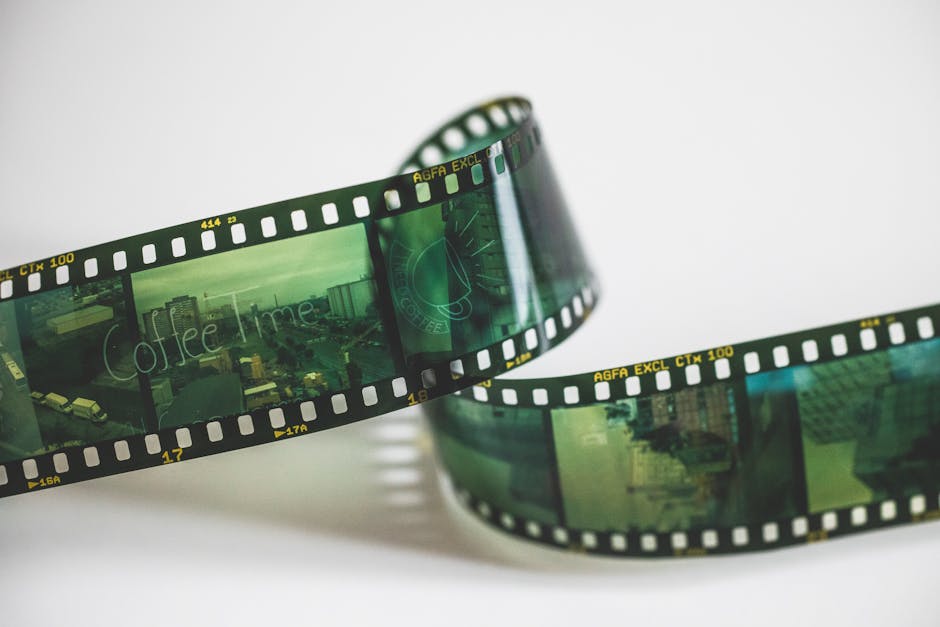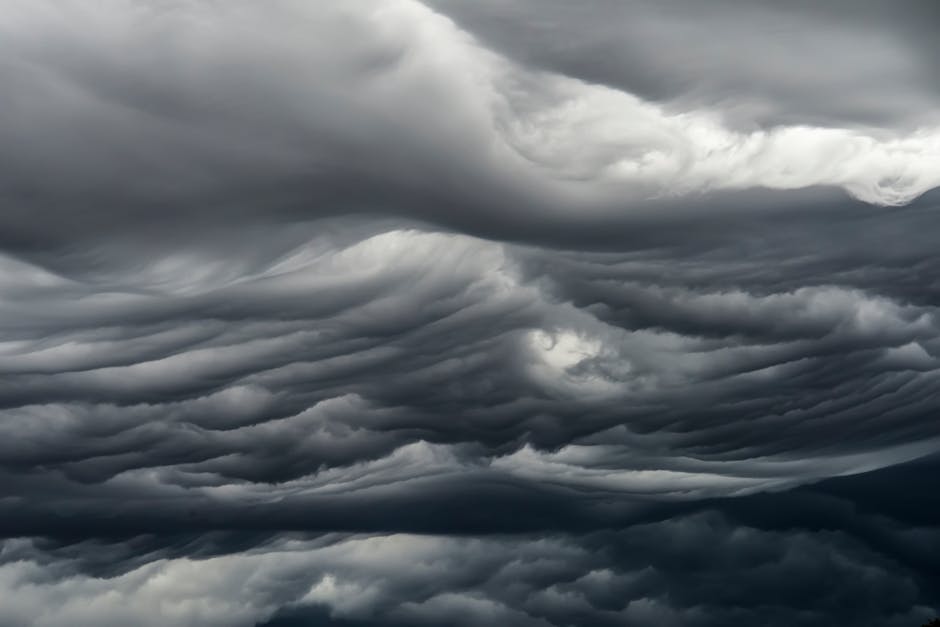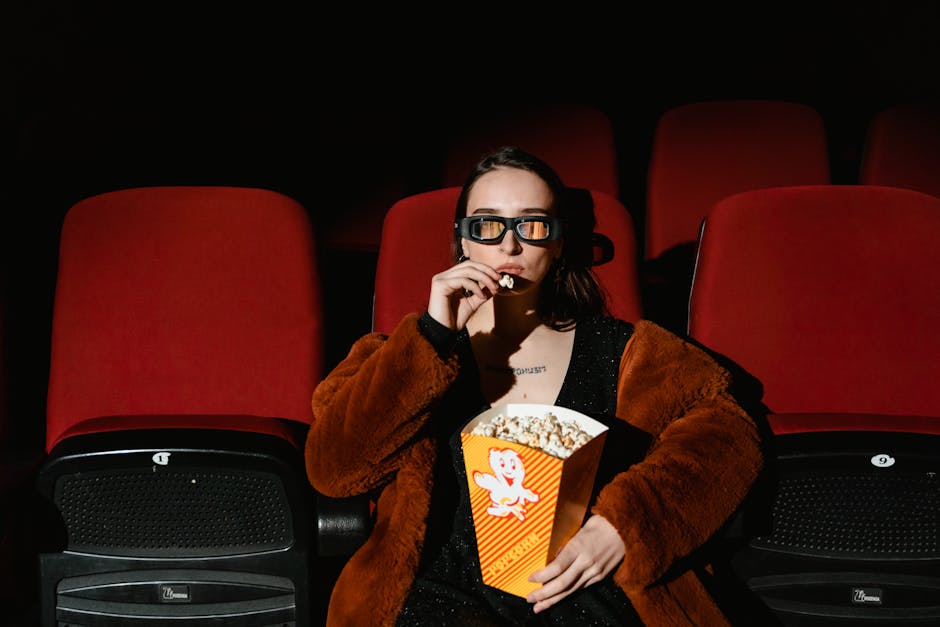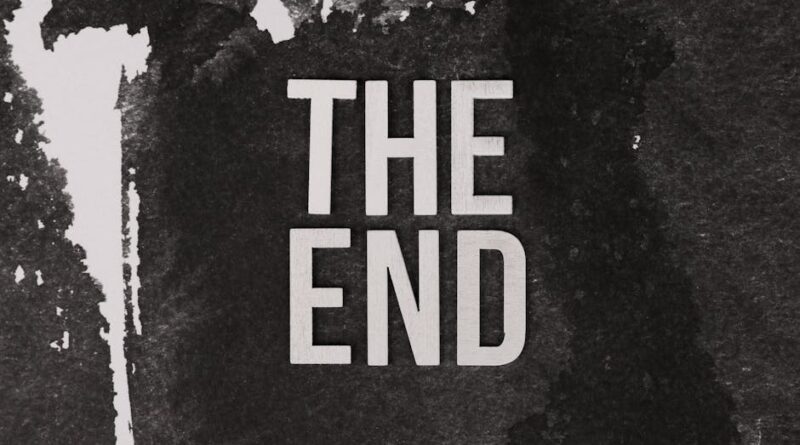The Power of Visual Motifs in Film
Have you ever watched a movie and noticed the same image or symbol popping up repeatedly? that’s no accident. These visuals are called motifs, and they play a critical role in storytelling. They help convey deeper meanings and connect themes throughout a film.
In this article, well explore the power of visual motifs in film. Well discuss what they are, why they matter, and how filmmakers use them to enhance storytelling. Lets dive in!
What Are Visual Motifs?

Visual motifs are recurring elements in a film. They can be images, colors, or symbols that appear multiple times. Each time they show up, they add layers to the story.
Think about the color red in “Schindlers List.” The little girl in the red coat stands out against the black-and-white backdrop. This motif highlights innocence amid horror. It draws your attention and makes you think more deeply about the events unfolding in the film.
Why Do Visual Motifs Matter?

Visual motifs are powerful because they:
- Reinforce themes
- Create emotional connections
- Help the audience remember key ideas
When used effectively, motifs can drive home the films message. They make the viewing experience richer and more meaningful.
How Do Filmmakers Use Visual Motifs?

Filmmakers use motifs to guide the audiences attention and shape their thoughts. Here are some common ways they do this:
1. Telling a Story
Motifs can tell a story within a story. For example, in “Inception,” the spinning top is a motif. Every time it appears, it raises questions about what is real and what is a dream.
2. Building Character
Motifs can also highlight key traits of characters. In “The Great Gatsby,” the green light at the end of Daisys dock symbolizes Gatsbys unattainable dreams. It tells you a lot about his character and his longing.
3. Setting the Mood
Colors are important visual motifs that set the mood. In “The Sixth Sense,” the color blue often appears during tense moments. It creates a feeling of unease and prepares you for what’s to come.
What Are Some Famous Examples of Visual Motifs?

Many films use visual motifs effectively. Here are a few notable examples:
- Birds in “The Birds”: Alfred Hitchcocks film uses birds to symbolize chaos and unpredictability.
- Water in “Life of Pi”: Water represents both life and struggle, mirroring Pis journey.
- Mirrors in “Black Swan”: Mirrors reflect the duality of Ninas character and her descent into madness.
These motifs not only enhance the story but also leave a lasting impression on the audience.
Can Visual Motifs Be Misunderstood?
Absolutely! Sometimes, viewers may misinterpret a motif. A symbol that feels powerful to one person might not resonate with another. For example, the color white in films can symbolize purity, but it can also signify emptiness or isolation, depending on the context.
It’s important for filmmakers to ensure their motifs are clear. But, it’s also natural for different audiences to take away different meanings. that’s part of the beauty of film!
What Psychological Impact Do Visual Motifs Have?
Visual motifs tap into our emotions and memories. They create patterns in our minds, making it easier to connect with a films message.
Research shows that repetition helps with memory retention. When you see a motif again and again, it sticks with you. You might even find yourself thinking about it long after the film ends.
As film critic Roger Ebert once said, Movies are a machine that generates empathy. Visual motifs are a vital part of that machine.
How Can You Spot Visual Motifs?
Next time you watch a film, keep an eye out for visual motifs. Heres how:
- Look for repeating images or symbols.
- Pay attention to colors that seem prominent.
- Notice how these elements connect to characters and themes.
By being aware of these motifs, you can gain a deeper understanding of the film and appreciate the artistry behind it.
Can You Create Your Own Visual Motifs?
Absolutely! If you’re interested in filmmaking or storytelling, consider incorporating your own visual motifs. Heres how:
- Choose a theme that resonates with you.
- Select colors or symbols that represent that theme.
- Use these elements consistently throughout your work.
Creating a strong visual motif can elevate your storytelling and make it more impactful.
Conclusion: The Lasting Impact of Visual Motifs
Visual motifs are a powerful tool in filmmaking. They help convey themes, connect with audiences, and enrich storytelling. By recognizing and understanding these motifs, you can enhance your viewing experience and appreciate the craft of filmmaking.
Next time you watch a movie, take a moment to notice the visuals. What motifs do you see? How do they make you feel? By engaging with these elements, youll find a deeper connection to the films you love.
Want to learn more about filmmaking techniques? Check out our post on Filmmaking Techniques.
And remember, the next time you watch a film, keep an eye out for those visual motifs. They may just change the way you see the story!



